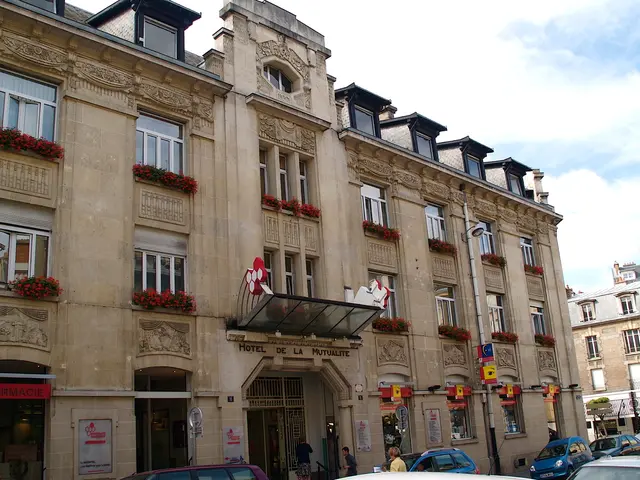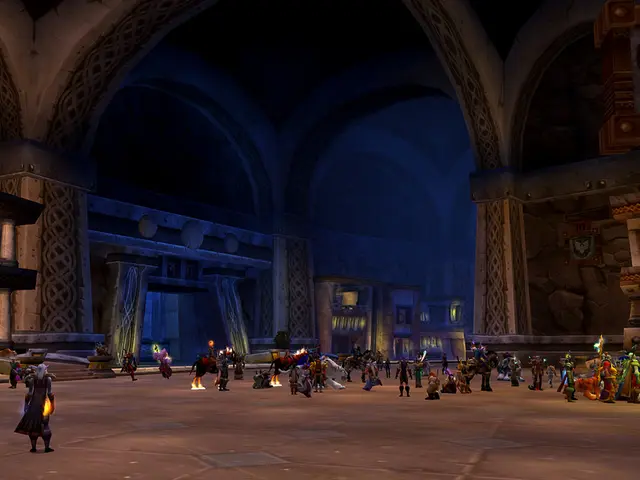Exploring the Green Vault Heist: Security Flaws and Lessons Learned
The robbery of the Green Vault in Dresden, Germany, in 2019, shed light on various security lapses within the museum's security system. According to Butz Peters, a journalist and lawyer who analyzed the case, the theft was largely due to "blatant security flaws" at Dresden State Art Collections.
Moreover, Peters noted that the Green Vault heist offered insights into how professional burglars operate and how museums can strengthen their security. In his new book, "The Clan and the Jewels," Peters shares the intricacies of the robbery, the subsequent investigation, and the trial, citing the Remmo clan as the primary suspects.
The Remmo clan, a well-known Arab-origin Berlin family, heads the controversy surrounding the term "clan crime." Critics argue that it stigmatizes and discriminates against individuals of migrant backgrounds based on family affiliation. However, the Green Vault incident highlights the importance of reevaluating museum security measures in light of increasing instances of high-value art thefts.
Identifying the Vulnerabilities
The Dresden Residenzschloss's electronic protection system failed during the Green Vault robbery, allowing the perpetrators to escape undetected. Peters pointed out the critical oversight associated with the entry window's electrostatic scanner, which did not respond despite regular maintenance checks. Similarly, the Berlin gold coin theft in 2017 faced the same issue, with the electronic protection system failing to deter the skilled burglars.
Mapping Out a Comprehensive Security Approach
Museums must adopt a multi-faceted security strategy to deter high-value art thefts and protect their visitors. This approach should integrate physical barriers, advanced technology, and trained security personnel:
- Physical Security Measures: Reinforcing doors and glass cases with sturdy materials and controlling entry points through secure doors, alarms, and motion detectors will deter intruders. Museums should also ensure that high-security glass is used for display cases.
- Advanced Technology Integration: Integrating high-resolution surveillance cameras equipped with facial recognition capabilities, motion detectors, and infrared sensors can help identify potential threats and track movements within the museum.
- Professional Security Personnel: Employing trained security guards with the expertise to handle various situations and conduct regular drills and staff training will help museums remain prepared for potential threats.
- Layered Security Approach: A combination of physical barriers, advanced technology, and professional security personnel provides a comprehensive security framework that can deter skilled burglars.
- Risk Assessment and Planning: Conducting regular risk assessments and implementing contingency plans can help museums identify vulnerabilities and mitigate security threats.
- Collaboration with Law Enforcement: Establishing relationships with local authorities ensures a quicker response in emergencies, fostering cooperation for the recovery of stolen artworks.
- Budget Allocation for Security: While budget constraints can present challenges, investing in state-of-the-art security systems and professional security services can significantly enhance museum security.
Preparing for Future Threats
By implementing these measures, museums can protect their collections and visitors and reduce the risk of high-value art thefts. Museums that prioritize security can inspire confidence in the public and promote a safe and enjoyable experience for all. Although cases like the Green Vault incident can be disheartening, they serve as valuable reminders to continually refine and improve museum security strategies.
Sources: - - Enrichment data derived from various resources, including museum security expert articles, academic papers, and national security council reports.








